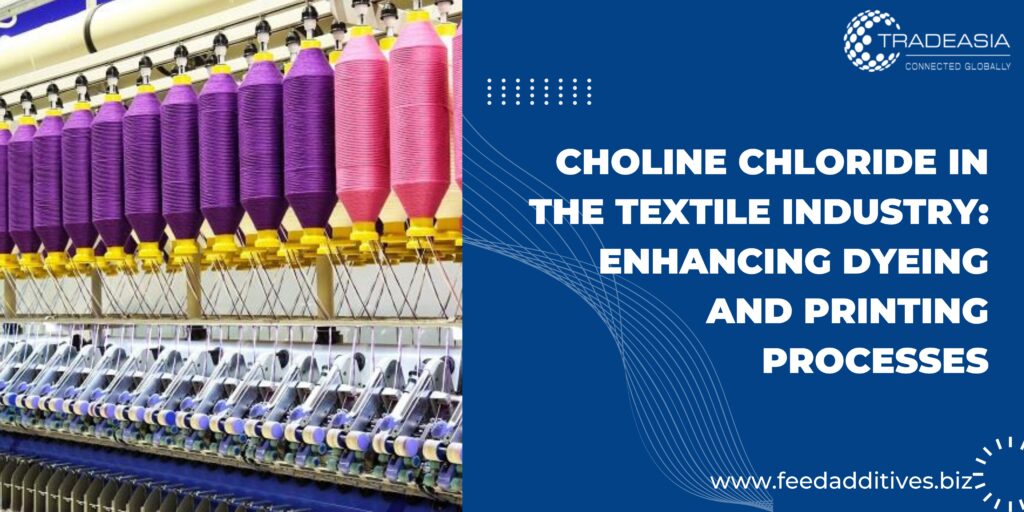
The textile industry is a diverse and vibrant sector that produces a wide range of fabrics and materials used in clothing, home furnishings, and industrial applications. Within this industry, the use of chemicals and additives plays a pivotal role in achieving desired results during various manufacturing processes. One such additive, choline chloride, has found a valuable niche in textile processing, particularly in dyeing and printing applications.
Choline Chloride: An Overview
Choline chloride (often referred to as choline) is a quaternary ammonium salt known for its diverse applications in various industries, including agriculture, animal nutrition, and the oil and gas sector. In recent years, its role in the textile industry has garnered attention due to its unique properties and benefits.
Benefits of Choline Chloride in Textile Processing
1. Leveling Agent: In textile dyeing, achieving uniform and consistent coloration across fabric surfaces is a fundamental goal. Choline chloride serves as an effective leveling agent, helping to ensure even dye distribution. This contributes to the production of textiles with vibrant and consistent colors.
2. Reducing Agent: Choline chloride can act as a reducing agent in textile dyeing processes. It plays a role in reducing certain dyes, making them more suitable for use on specific types of fabrics. This flexibility allows textile manufacturers to achieve desired color shades and effects.
3. Dye Fixing: Choline chloride can improve the fixation of dyes to fabric fibers. Proper dye fixation is crucial for ensuring that the color remains vibrant and resistant to fading, even after washing or exposure to sunlight.
4. Environmental Considerations: Choline chloride is considered a more environmentally friendly alternative to certain other chemicals used in textile processing. Its use can contribute to reducing the environmental impact of textile manufacturing processes.
Applications in Printing:
In textile printing, choline chloride is used as a mordant—a substance that helps dyes adhere to fabrics. Mordants play a vital role in achieving sharp and detailed patterns and designs. Choline chloride’s ability to enhance the dye uptake by fibers makes it a valuable choice for textile printing applications, including screen printing and block printing.
Safety and Sustainability:
One of the advantages of using choline chloride in the textile industry is its relatively low toxicity and reduced environmental impact compared to some other chemicals. However, like all chemicals used in textile processing, it should be handled with care and in compliance with safety regulations.
Conclusion:
Choline chloride’s role in the textile industry highlights its versatility and value in achieving desired results during dyeing and printing processes. As the textile industry continues to evolve, the use of innovative additives like choline chloride contributes to the production of high-quality textiles that meet consumer demands for vibrant colors, durability, and environmental responsibility. Contact us today to find the best solutions for your requirements and stay ahead in the competitive poultry feed market.
